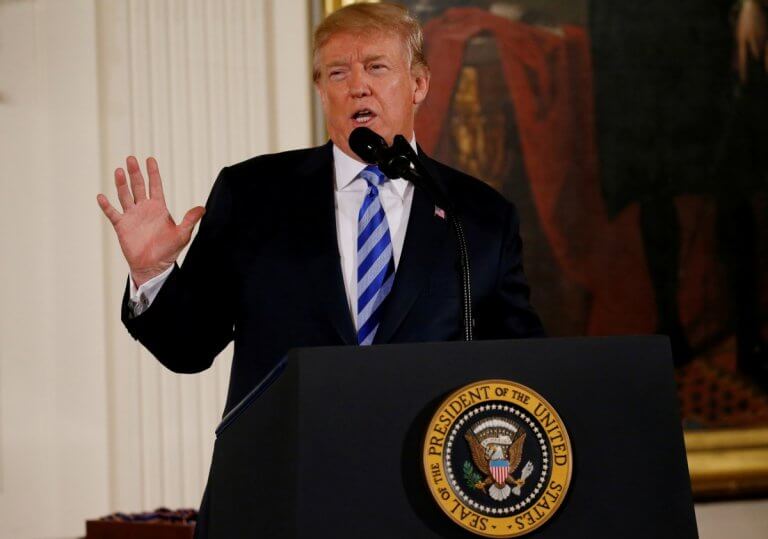
The United States allocated 17 percent fewer international student visas in 2017 compared with the year before, leaving campuses less diverse and universities out of pocket.
President Donald Trump’s stricter immigration policies are restricting the number of students who can benefit from the US’s top higher education.
78,000 fewer international students were granted visas in 2017 compared with 2016. Chinese and Indian students, the two most prominent international student communities in the US, saw the most dramatic falls in visa allocations, reported the Wall Street Journal.
International students are said to be undergoing more scrutiny before being granted a study visa along with a shift away from allowing international students to stay and work in the country after graduation.
https://twitter.com/ahmed/status/973406857845977088
This is potentially concerning news for overseas students who dream of studying in the US, as well as those who gain a place. The richness of culture and perspectives fosters a multidimensional academic community, rather than a homogenized student body. But this academic diversity is threatened by restricting the number of foreign voices who can join the conversation.
Universities, and those within them, are also suffering over the drop in income. International students often pay double or even triple the fees domestic students pay, meaning universities are left to bear the financial burden of the visa overhaul.
Students will face cuts to extracurricular activities as universities attempt to offset the financial loses, according to the New York Times.
The Wall Street Journal notes that lesser-known institutions are suffering the largest fall in international enrollments, while the US’s leading universities such as Arizona State University and the University of Southern California remain constant.

Enrollments at the US’s top institutions remains steady. Source: Shutterstock.com
This indicates that international students are choosing to go to other countries offering higher quality education, with the University of Toronto seeing a 14 percent increase in overseas students, reported the New York Times.
“There’s greater competition from other countries,” Jake Elsen from Navitas, a program that helps foreign students enroll in US schools, told the Wall Street Journal, and this is “compounded by the perception that the US does not value diversity”.
International students may also be choosing to go to countries with better graduate prospects, such as Singapore, following a tightening of H-1B visa allocations, the document which allows international students to continue working in the US after graduation.
Liked this? Then you’ll love…
So your F-1 visa application is rejected – what’s next?
The H-1B visa is pushing Americans out from tech – former Trump strategist







